
Grammodes stolida, the geometrician, is a moth of the family Erebidae. The species was first described by Johan Christian Fabricius in 1775. It is found in Africa, southern Europe, most of Asia and Australia. It migrates to central and northern Europe as far north as England, Denmark and Finland.

Epinotia signatana is a moth of the family Tortricidae. It is found from England and Scandinavia to the Mediterranean Sea, to eastern Russia, China, Korea, Burma and Japan.

Cosmopterix albicaudis is a moth of the family Cosmopterigidae. It is known from Jamaica, Trinidad and Tobago and the US Virgin Islands.
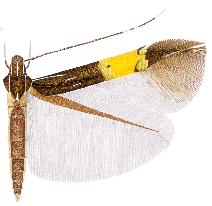
Cosmopterix ananke is a moth of the family Cosmopterigidae. It is known from the Federal District of Brazil.

Cosmopterix carpo is a moth of the family Cosmopterigidae. It is known from Puerto Rico and the British Virgin Islands (Tortola).
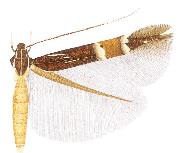
Cosmopterix chaldene is a moth of the family Cosmopterigidae. It is known from the Federal District of Brazil.
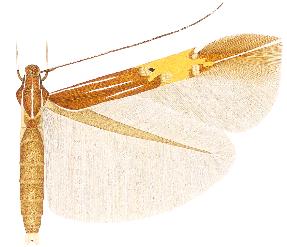
Cosmopterix delicatella is a moth of the family Cosmopterigidae. It is known from North Carolina, United States, but is possibly more widespread.

Cosmopterix euporie is a moth of the family Cosmopterigidae. It is known from the Federal District of Brazil.
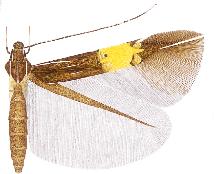
Cosmopterix iocaste is a moth of the family Cosmopterigidae. It is known from the Federal District of Brazil.
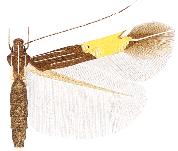
Cosmopterix langmaidi is a moth of the family Cosmopterigidae. It is known from Belize.
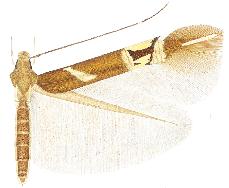
Cosmopterix nitens is a moth of the family Cosmopterigidae. It is known from the United States, where it is found from coastal South Carolina to south-western Texas. It is also established in Michigan.

Cosmopterix sinelinea is a moth of the family Cosmopterigidae. It is known from South Carolina, United States.

Cosmopterix xanthura is a moth of the family Cosmopterigidae. It is known from Mexico (Tabasco). Adults have been recorded in March.
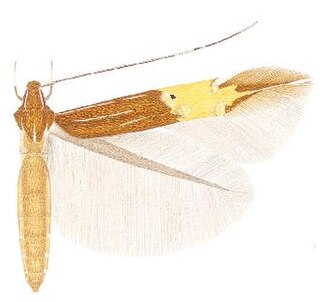
Pebobs tetragramma is a moth of the family Cosmopterigidae. It is known from Guyana.
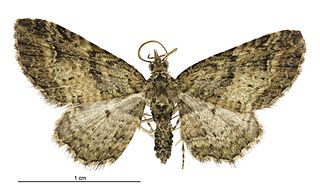
Pasiphila charybdis is a species of moth in the family Geometridae. It is endemic to New Zealand.
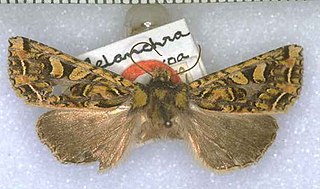
Meterana tetrachroa is a species of moth of the family Noctuidae. This species is endemic to New Zealand. It is classified as "Data Deficient" by the Department of Conservation.
Stenoma recondita is a species of moth of the family Depressariidae. It is found in Guyana.
Lecithocera lamprodesma is a moth in the family Lecithoceridae. It was described by Edward Meyrick in 1922. It is found on Sulawesi in Indonesia.
Psittacastis stigmaphylli is a moth in the family Depressariidae. It was described by Lord Walsingham in 1912. It is found on Jamaica.
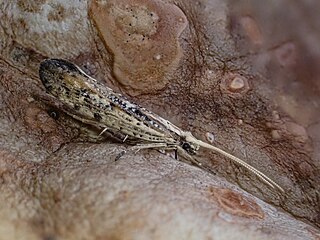
Orthenches chlorocoma is a moth of the family Plutellidae first described by Edward Meyrick in 1885. It is endemic to New Zealand and has been observed in the North and South Islands. The larvae of this species feed on native broom species in the genus Carmichaelia including Carmichaelia australis. Adults are on the wing in September, October and February.







